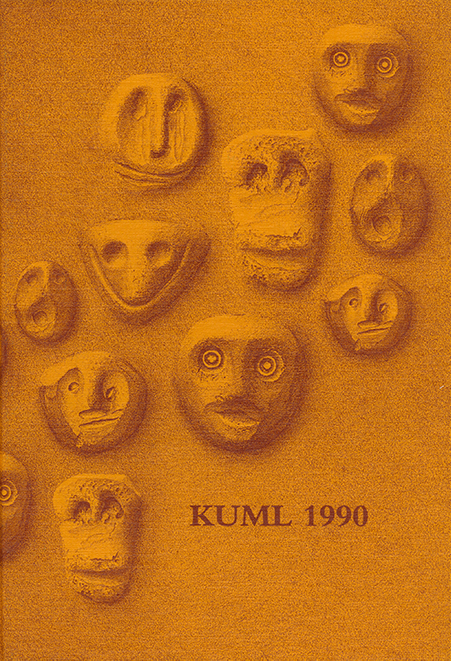A cremation cemetery with ornaments from the pre-Roman Iron Age
DOI:
https://doi.org/10.7146/kuml.v37i37.111167Keywords:
Cremation cemetary, cremation grave, ornament, pre-roman iron ageAbstract
A cremation cemetery with ornaments from the pre-Roman Iron Age
Seven small cremation pits were excavated at a small fully-excavated cremation cemetery of the pre-Roman Iron Age. Their diameters ranged from 14 to 30 cm, their depths from 9 to 22 cm. They were originally associated with a now almost entirely ploughed up cobbling (fig. 1). There were indications that there originally had been more than these seven graves. Five of the graves (A2-A5 and A7) contained cremated bone, charcoal, and pieces of burnt stone, while two graves (A1 and A6) also contained grave goods that are more closely datable within the pre-Roman Iron Age. Grave A1 held a Celtic-inspired neckring of bronze with bowl-shaped terminals, two bronze ringbrooches of Jutland type (fig. 2,2 and 2,3), and a badly burnt piece of bronze that probably was a light bracelet (fig. 2.4). Among the pottery from the grave can be distinguished at least three pots, of which one could be reconstructed as a little vase-shaped vessel with Sshaped profile and thin splayed rim (fig. 3,1). The two others are represented by two rims (fig. 3,2) and two strong parallel-sided handles (fig. 3,3 and 3,4). Grave A6 contained fragments of a complex iron ornament, which was a fibula of Dronninglund type (fig. 4).
Grav A6 can be dated to period I of the preRoman Iron Age, while grave A1 can be dated to the first half of period II. These da tings imply that the cemetery was in use for some time.
Erik Johansen
Downloads
Published
How to Cite
Issue
Section
License
Fra og med årgang 2022 er artikler udgivet i Kuml med en licens fra Creative Commons (CC BY-NC-SA 4.0).
Alle tidligere årgange af tidsskriftet er ikke udgivet med en licens fra Creative Commons.


